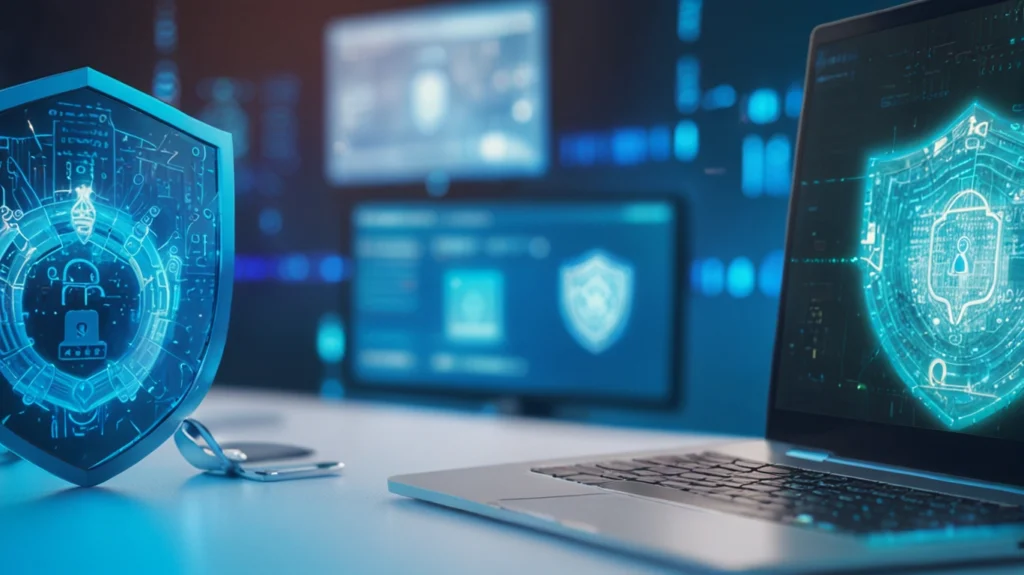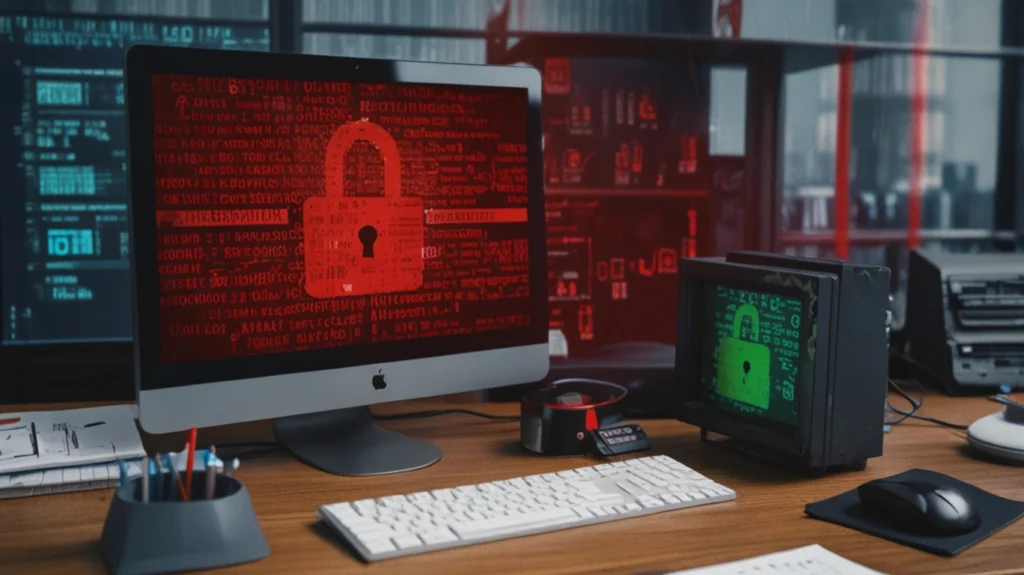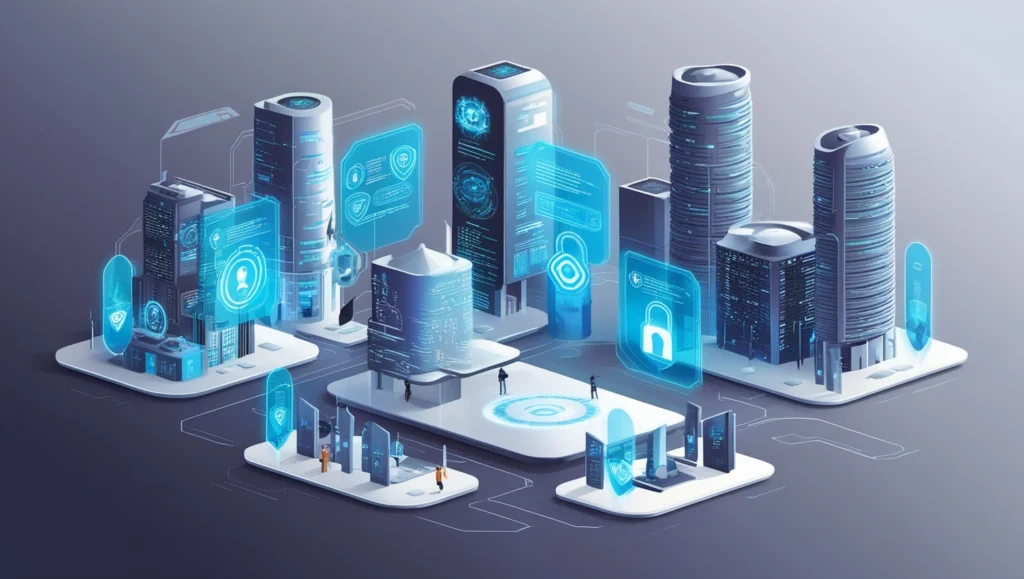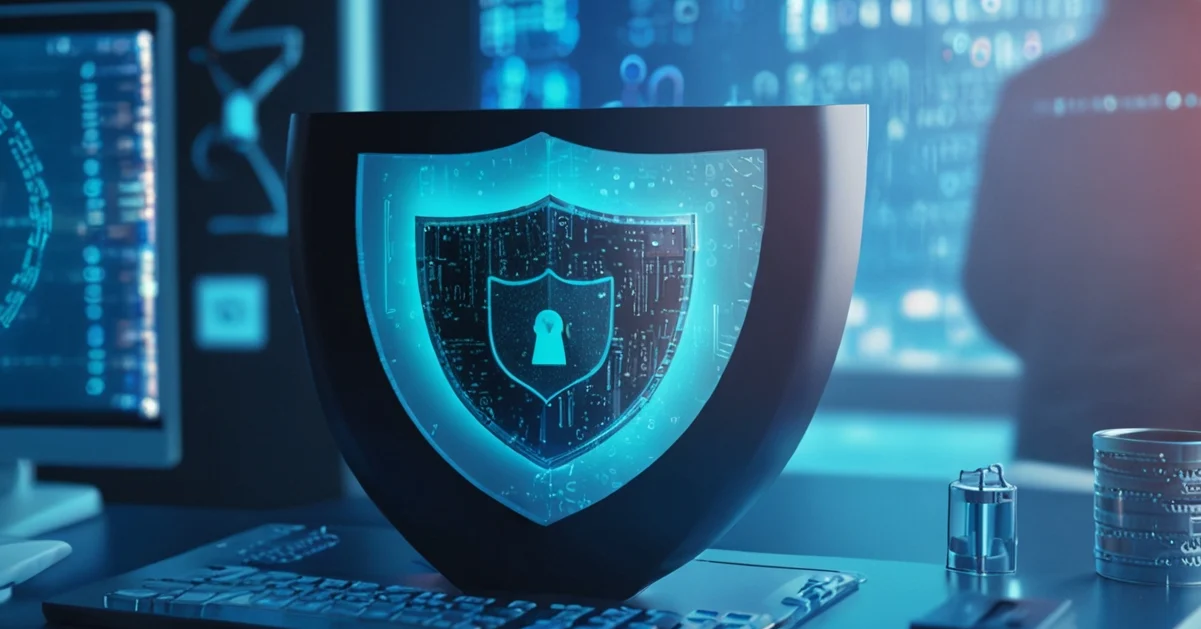Did you know that 60% of data breaches in 2023 were linked to unpatched software vulnerabilities? In today’s digital landscape, keeping your software up-to-date isn’t just about getting the latest features – it’s a crucial line of defense against cyber attacks. Let’s dive into the world of software update security and explore why it’s more important than ever in 2024!
Why Software Updates Matter for Security

- The role of updates in patching vulnerabilities
In the constantly changing world of cybersecurity, software changes are very important. They protect digital assets. These updates act as a shield against cyber threats by patching any vulnerabilities which would otherwise expose systems to malicious actors. Updates strengthen the digital perimeter by addressing security flaws. Cybercriminals will have a harder time getting through defenses.
- How criminals use old software to their advantage
The main way cybercriminals do business is by taking advantage of old software. They get in by using advanced exploit kits and known holes in the system. It is becoming less and less time between finding a vulnerability and using it. This shows how important it is to release updates quickly.
- Examples of real-world security breaches caused by delayed updates
There are real-life cases that show how bad it is to not update your software. WannaCry, the virus that caused a lot of damage in 2017, targeted Windows systems that had not been updated. The 2017 Equifax data breach was also caused by an Apache Struts Framework that hadn’t been updated. This let millions of people’s private information get out. These incidents tell us how important it is to keep our cybersecurity strong by installing updates on time.
The Common Risks Of Neglecting Software Upgrades

- Ransomware and malware attacks
Not updating software can lead to major problems that affect many people. Outdated software can be used as a target for malware and ransomware attacks that hide data, lock out systems, and demand money. Attacks like these are usually sneaky, and they can really mess up operations and hurt your image.
- Data breaches, privacy violations and
Another big problem with old software is that it can lead to data breaches and privacy violations. Cybercriminals can get to private data without permission by taking advantage of holes that haven’t been fixed. This could put at risk private business data, intellectual property, and personal information. These breaches can have far-reaching consequences, including reputational damage over time and legal implications.
- Performance issues and system crashes
In addition, ignoring software updates can cause system crashes and performance problems. Newer software versions are often updated with bug fixes and stability improvements as the software develops. Instabilities in the system, performance issues, and compatibility problems with other software components can all be caused by not updating.
Best Practices to Manage Software Updates

- Automatic updates
A robust strategy for managing software updates is essential to maintaining a high level of security. Automated updates of critical software components reduces the vulnerability window. This method ensures systems are updated with the latest security patches, minimising the risk of exploit.
- How to create a schedule for updating software and creating a software inventory
It is important to create a software inventory, including a schedule of updates. This will help you maintain visibility and control. This inventory should contain all software assets and their associated versions as well as update cycles. Establishing a structured schedule for updating software allows organizations to prioritize updates that are critical and prepare for any potential compatibility or downtime.
- Test updates before deployment
The testing of updates prior to full deployment is an important step in the process. This allows organizations to identify any potential issues or conflicts in a controlled setting, reducing the risk of disruptions. A staged rollout, in which updates are applied to a small subset of system before the organization-wide deployment, can reduce the impact of unexpected issues.
How to overcome challenges in software update implementation

- Resolving compatibility issues
Software updates are important, but their implementation can be difficult.A big worry is compatibility problems, since software updates can make other hardware or software parts not work with the new version. You can lower these risks by doing thorough tests for compatibility and keeping specific records on how systems are set up.
- Minimizing downtime during updates
Maintaining business continuity requires minimizing downtime when updating systems. Rolling updates, which update systems one at a time, can make changes less disruptive to your business. For example, live patching lets you update important systems without having to restart the whole thing, which makes delays even smaller..
- Balancing operational and security requirements
A nuanced approach is required to balance security requirements with operational needs. Although rapid deployment of updates is ideal from a cybersecurity perspective, it might not always be in line with operational constraints. Setting clear policies and procedures to prioritize updates based on factors like vulnerability severity and operational impact can help achieve a balance.
The Future of Software Updates Security

- AI-driven update management systems
Software update security will undergo a significant change. AI-driven systems for update management are becoming powerful tools to automate and optimize the update process. These systems use machine learning algorithms that analyze system configurations and predict conflicts to recommend the best update strategy.
- Blockchain for secure update distribution
The use of blockchain technology could make software sharing safer and more reliable. Using distributed ledgers, businesses can make updated records that can’t be changed and make sure they’re real, which lowers the risk of supply-chain threats.
- Predictive Analytics for Vulnerability Detection
Finding vulnerabilities will be a lot easier with predictive analytics. These systems analyze vast datasets on security incidents and software behavior to identify potential vulnerabilities, which can then be patched and mitigated.
Conclusion
You’re done! Updates to security software aren’t just a chore for IT staff; they’re also an important part of your overall security plan. Making sure you keep up with software updates will protect not only your systems, but also your data and your reputation. In the world of cyber security, it’s better to be safe than sorry, so what are you waiting for? Check for updates right now! You (and your IT department) will be grateful in the future.
FAQ
- How often should my software be updated?
Update software immediately when patches are released, particularly for security updates. When possible, enable automatic updates and make sure to check regularly for updates.
- Software updates can introduce new vulnerabilities.
Updates can introduce new problems, although this is rare. It is important to test updates in a controlled setting before deploying them widely.
- What should I do when a software upgrade causes problems with my system
You may have to temporarily roll back to an older version if you encounter problems after updating. To facilitate the rollback process, always make backups prior to applying major updates.
- Free software updates are as important as those that cost money?
Yes, security is also important. Software vendors provide many critical security patches for free.
- How can I keep up to date with the latest software updates and releases?
To make sure you have the latest security patches and updates, you may choose to use software update management tools.
Subscribe our newsletter for amazing articles & blogs.








